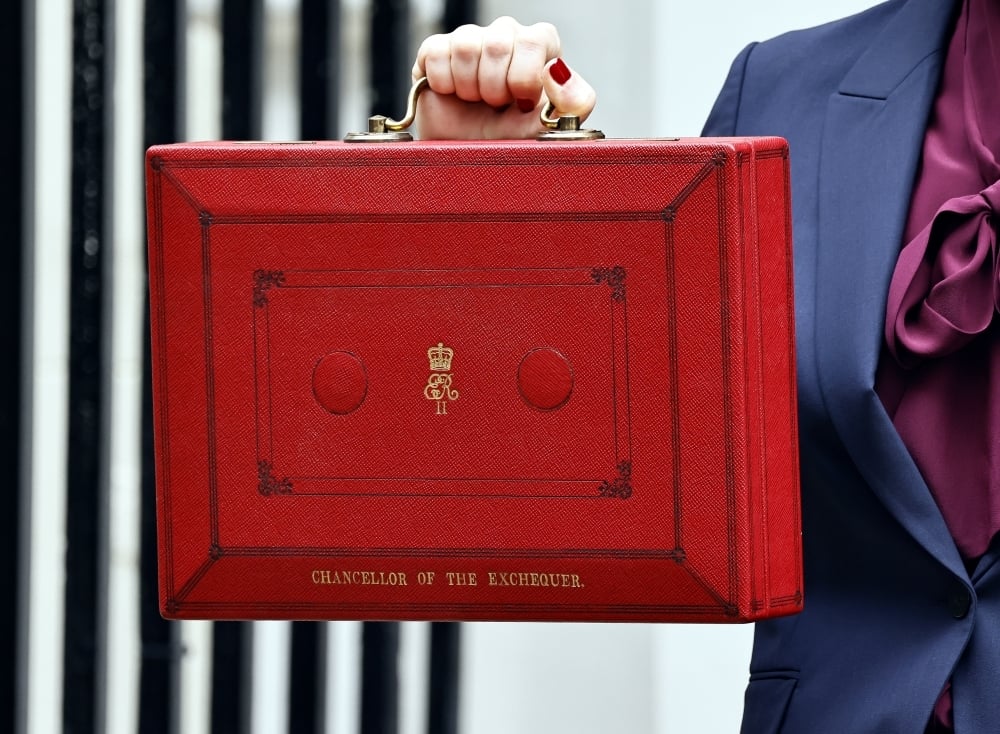What Does the UK Base Rate Cut Mean for the Property Market?

A long-awaited cut to the Base Rate boosts sentiment in the prime real estate market as lending becomes more affordable
For the first time in four years, the Bank of England has cut interest rates from 5.25% to 5%, signalling positive sentiment in the UK prime property market. The decision marks a pivotal time for the UK economy, which previously raised rates over 14 consecutive months before holding at 5.25%. The cut follows a significant reduction in inflation, which has now cooled to the target of 2% – a substantial decrease from the peak of 11.1% seen in October 2022.
For investors, lower base rates typically spell more affordable lending, boosting sentiment and market activity. The move is particularly favourable for international buyers drawn by the confidence that inflation will remain stable in a strengthening economy.
While buyers with fixed-term mortgage rates will not see immediate changes, the cut signals an optimistic outlook for those currently exploring new mortgage options as rates become more attractive. Those on tracker or variable-rate mortgages however will directly benefit from this reduction.
Claire Reynolds, Managing Partner at UK Sotheby’s International Realty, pointed out that although those in the prime and super-prime markets do not typically rely on financing real estate assets (though some certainly do as part of their investment strategy), the lowered base rate will still reverberate through the market.
She said: “In the top end of the market, 82% of our transactions are cash rather than finance, but investors across the board will still feel the benefit of lower base rates. The rate cut reflects an economy returning to health, showing that the measures to control inflation are working. This is particularly attractive to international investors who are seeking to diversify their portfolios overseas in a market as buoyant and well-established as London.”
She added: “Even though cash transactions are more common than mortgages in the upper ends of the market, borrowing is often part of a diversified investment strategy, and a lower base rate ushers in new prospects to secure more favourable mortgage terms. Direct benefit will definitely be felt in the middle of the market, particularly for those on tracker and variable-rate mortgages.”
Indeed, data reveals that the prime property market is beginning to take notice of a stabilising economy. Bolstered by lower rates and the stability of a new government, prices have increased by 3.4% in prime London in the last quarter, with a 12% increase in deals under offer compared with the previous quarter.
What comes next for the UK economy?
Claire expressed confidence that this positive trend will continue, commenting: “A base rate of 5% is still substantially higher than the all-time low of 0.1% we saw at the beginning of the pandemic in March 2020, but it marks a turning point in the fight against out-of-control inflation, which reached an eye-watering 11.1% in October 2022.”
The next interest rate vote by the Bank of England’s Monetary Policy Committee will take place on September 19, 2024. Historical data shows that rates tend to plateau after a period of consecutive rate hikes, so the journey back to lower rates will likely be slow but steady.
Expressing confidence in a gradual decline in base rates, Claire commented: “We are optimistic that this positive trend will continue with the expectation of potentially two more rate cuts by year end, further easing pressure and increasing the number of transactions in the market.”
The last time the Bank of England made a substantial cut to the base rate was in 2008, following the financial crisis. The good news with this base rate cut is that it is not crisis-driven – instead, it is a strategic decision that supports a recovering economy. For the prime and super-prime property markets, it marks an opportune time for investors to consider entering this lucrative market.



